ABUJA, Nigeria — The U.S. cannot unilaterally carry out any military operation in Nigeria over its claims of Christian persecution in the West African country, a Nigerian presidential spokesman told The Associated Press Sunday.
Such military…
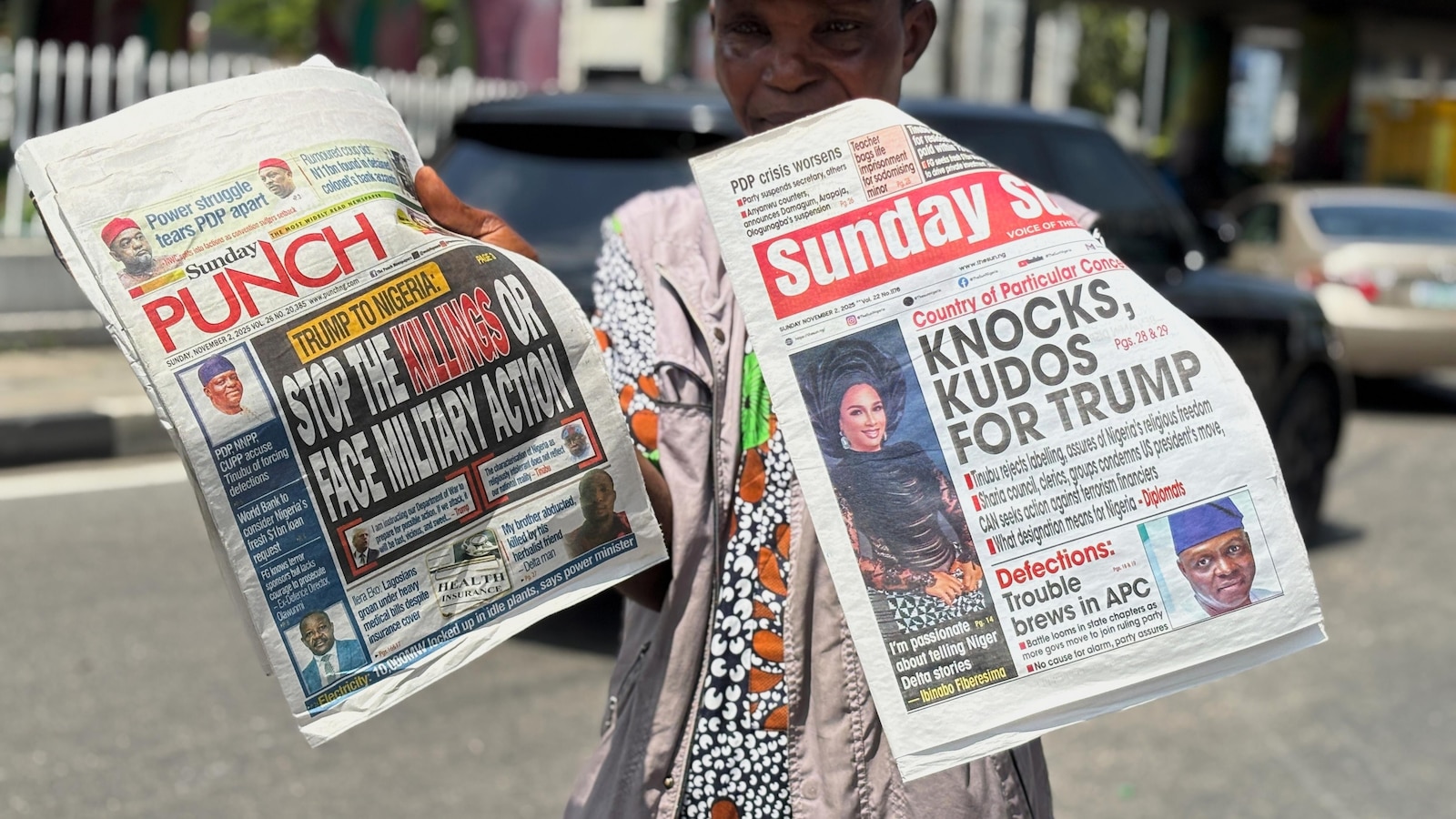
ABUJA, Nigeria — The U.S. cannot unilaterally carry out any military operation in Nigeria over its claims of Christian persecution in the West African country, a Nigerian presidential spokesman told The Associated Press Sunday.
Such military…
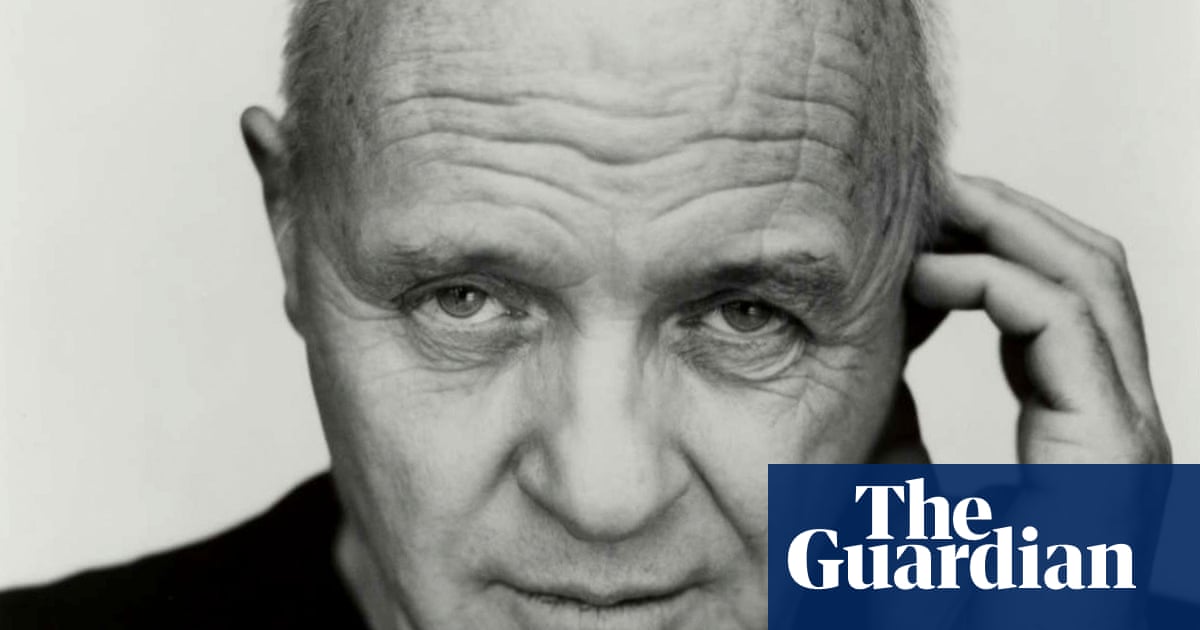
‘What’s the weather like over there?” asks Anthony Hopkins as soon as our video call begins. He may have lived in California for decades but some Welshness…
Under the agreement, the first four submarines are being constructed in China, while the remaining four will be built in Pakistan, a move aimed at transferring technical know-how and expanding local shipbuilding…

Oral HPV infection may be linked to oral leukoplakia (OL), a potentially cancerous condition that appears as white patches or plaque inside the mouth. This study was recently published in the International Dental Journal.
However, additional…

James Corden has jumped on the celebrity podcast bandwagon, and what he lacks in speed he makes up for in star power: guests include Julianne Moore, David Beckham and Anna Wintour. His Desert…
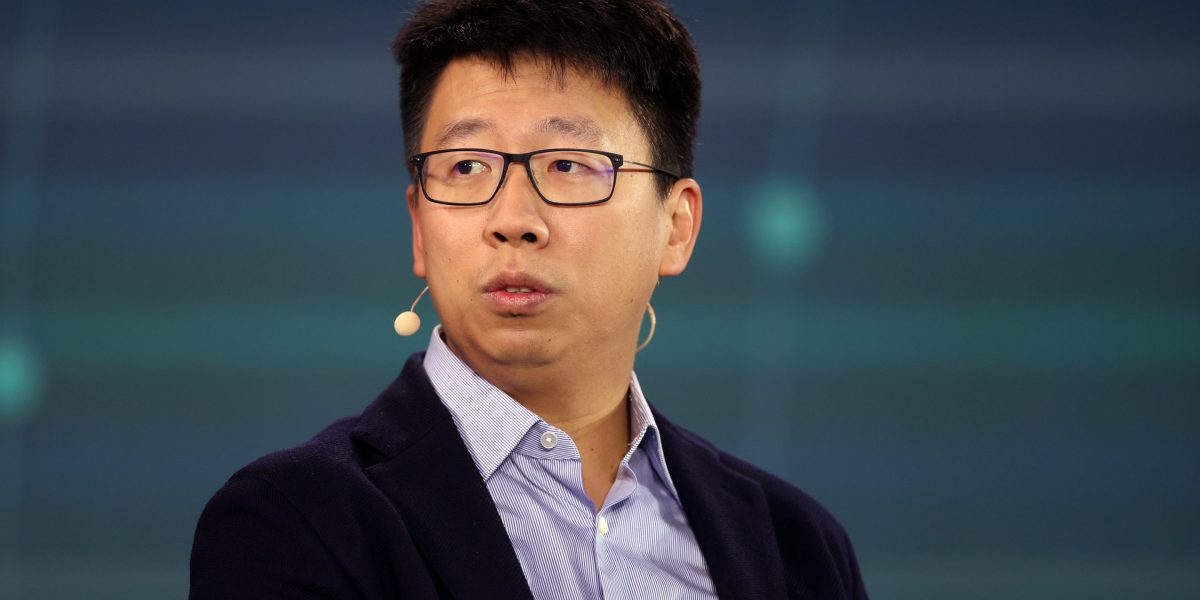
As the fintech sector comes roaring back, companies like Ramp and Stripe have dominated headlines with eye-popping funding rounds and rapid growth. But the Singapore-based Airwallex is not far behind, crossing $1 billion in annualized revenue as of October with a year-over-year growth rate of 90%, according to cofounder and CEO Jack Zhang.
In an interview with Fortune, Zhang said that his company, known for cross-border payments and foreign exchange, has diversified its product suite into a slew of other offerings, including business banking accounts and spend management, putting it directly in competition with not only Ramp and Stripe, but also Mercury, Brex, Revolut and a who’s who of fintech giants. “We’re competing with too many people,” Zhang joked.
Airwallex still lacks the name recognition of its rivals, at least in the U.S., but that could soon change as the company accelerates its push into North America and Europe. Founded in 2015, it took nine years for Airwallex to reach its first $500 million in annualized revenue, but only one more year for that to double to $1 billion. With gross profit margins above 60%, according to Zhang, Airwallex is quickly becoming a formidable player in the U.S. The company was last valued at $6 billion in a May funding round, compared to Ramp’s last valuation of $22.5 billion and Stripe’s $106 billion.
After achieving cash flow positivity at the end of 2023, Airwallex decided to re-invest in the business but is on target to reach profitability once again in the fourth quarter of 2025, a spokesperson told Fortune.
“A lot of the reason we’ve succeeded is we’re an outsider,” Zhang said. “We’re not part of the Silicon Valley ecosystem.”
Many fintech companies focus on one key product, often using it as a wedge to expand further into a company’s financial suite. For Ramp, it was corporate credit cards; for Mercury, business bank accounts; and for Stripe, payment processing.
Founded in Melbourne, Airwallex later moved to the Asian finance hub of Singapore after launching in the country in early 2022. Zhang said that his company has had to be globally focused from day one, given Australia’s relatively small market. While its initial focus was cross-border payments, Zhang said the company’s revenue is now spread over an array of products, with business accounts similar to Mercury comprising 34% of its revenue, spend management 20%, and payments 30%. Airwallex also offers its global network of licenses and services to other fintech companies through API integrations, such as facilitating Brex, Rippling, and Deel’s international expansions. “Our real moat is the infrastructure, both on the regulatory side and on the financial services side, that we built over the last decade,” Zhang said.
As Airwallex pushes into North America, including opening a U.S. headquarters in San Francisco last year, Zhang admits that he won’t compete with a company like Ramp on U.S. focused customers. Airwallex’s focus, instead, is on companies that want a global presence and need to be able to issue employee cards, open bank accounts, and pay merchants across dozens of jurisdictions. Zhang said that North America and Europe now comprise close to 40% of the company’s revenue after sitting at zero just a few years ago.
“If you’re a U.S. company and you only have operations in Ohio, you better go with Ramp,” Zhang said. “But if you’re a U.S. company that wants to sell in Australia, wants to sell in Singapore, wants to sell in the U.K., wants to sell in Canada, wants to do that efficiently, and wants to have banking, payments, spend, and treasury management all in a single platform, that’s where Airwallex comes in.”
Like for most other companies, AI is top of mind for Airwallex, with Zhang working on a wallet product that he says will serve as foundational infrastructure for global agentic payments. He says that he wants the AI agents business to scale to a “few $100 million” before he considers going public.
The company has also hired stablecoin developers, another buzzy area of fintech, though he remains skeptical that blockchain can solve global money movement better than existing options. “The merchant adoption is still very low and there’s nothing happening on the B2B [business-to-business] side,” he said. “I’m 99% skeptical, 1% probability.”

Sign up for the Starts With a Bang newsletter
Travel the universe with Dr. Ethan…
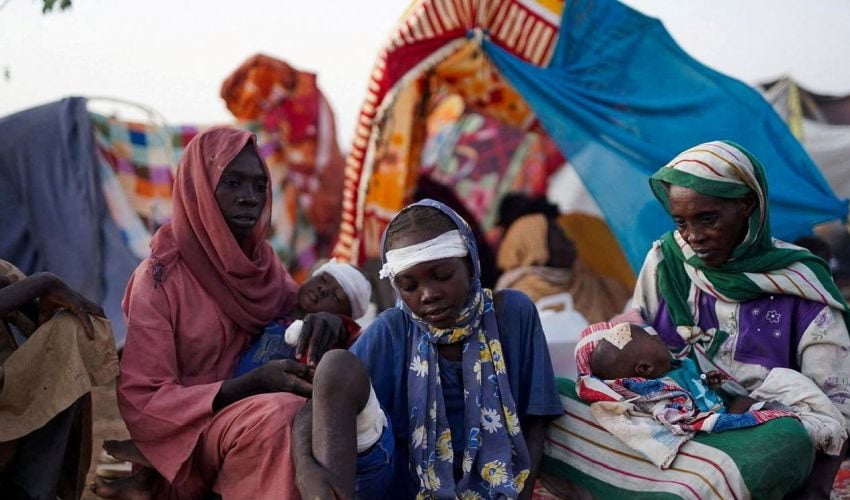
Millions across war-torn Sudan are facing worsening conditions as the Rapid Support Forces (RSF) tighten their grip on the city of el-Fasher, the capital of North Darfur.
The takeover follows an 18-month siege…
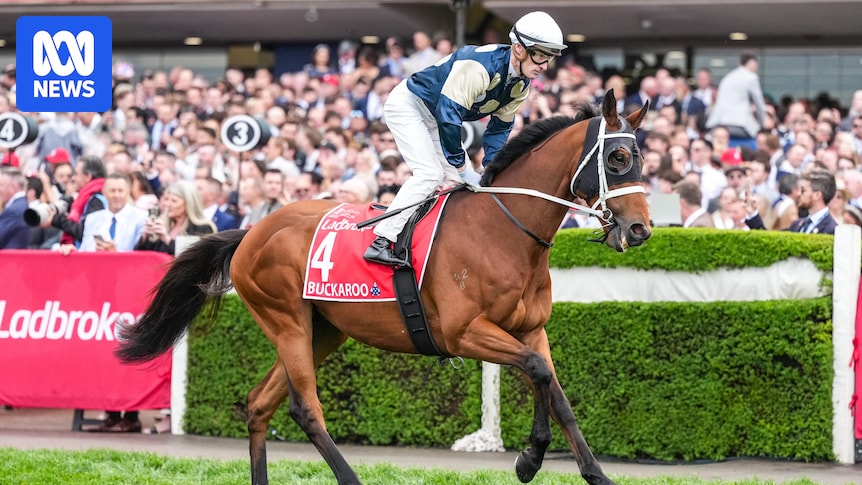
Buckaroo and Valiant King are primed to lead Chris Waller’s remarkable five-horse assault on what could be the master trainer’s second Melbourne Cup triumph.
Waller won the race that stops a nation with Verry Elleegant in 2021 and likened…